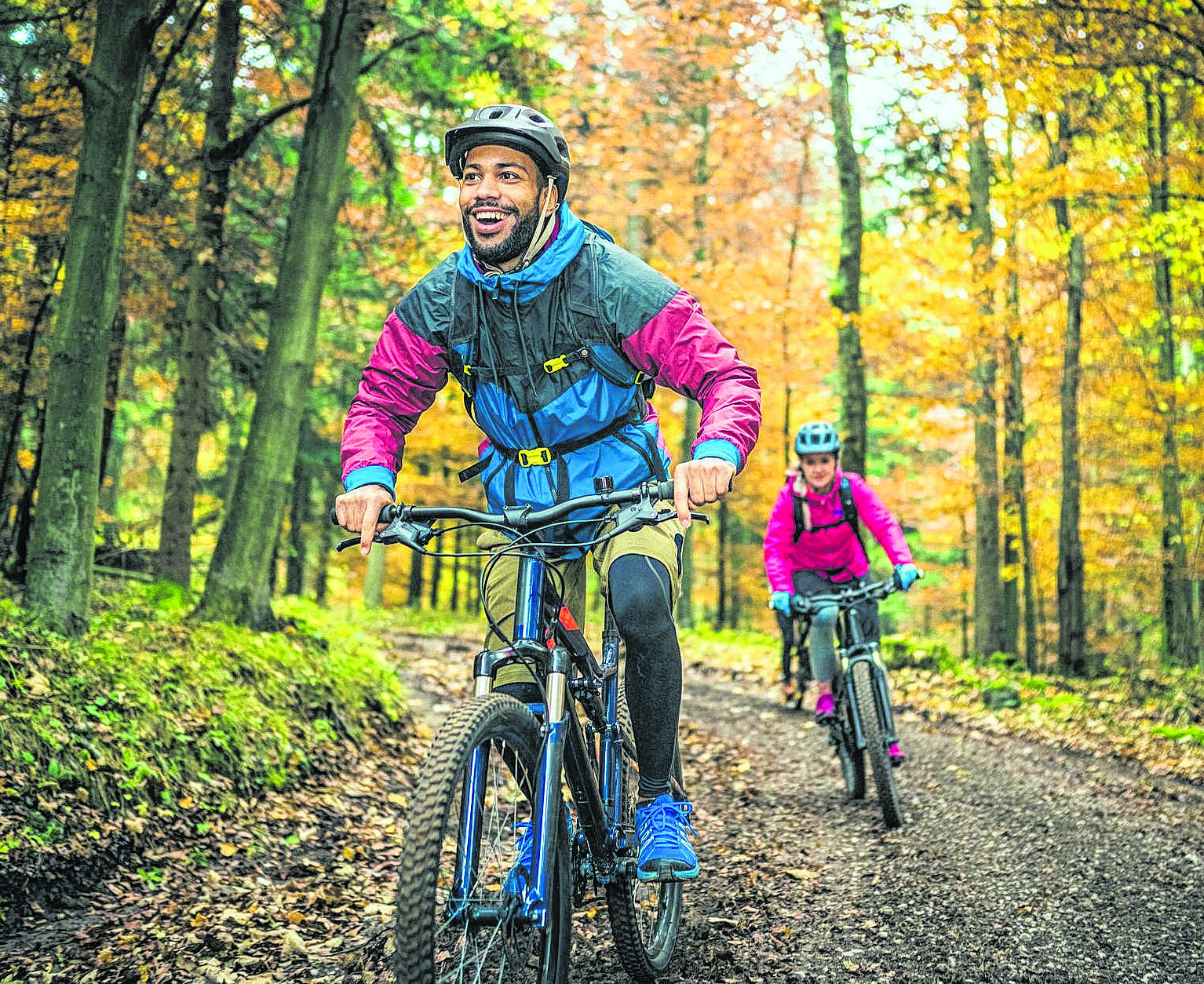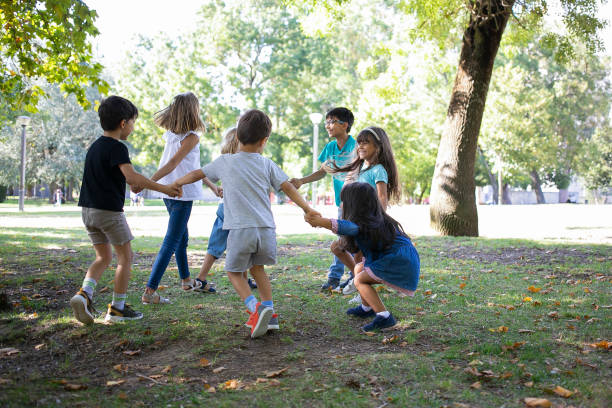The benefits of taking children to the park and the countryside

They laugh as they splash in a puddle that the recent rains have given them. They play with the mud that sticks to their hands and boots, feeling its texture on their skin, which cracks as it dries in the warmth of the last rays of the sun: anyone who has seen a group of children playing in a natural environment has seen how intensely they enjoy it. Nature offers its edges every day to be experienced to the fullest by those who know how and can enjoy it.
In a context where urban and digital environments increasingly occupy a larger space in children's lives, it is crucial to reflect on the role nature plays in stimulating their creativity: the capacity that allows us to imagine, conceptualize, and materialize novel ideas.
Contact with nature offers countless opportunities for creative expression and development. Natural spaces constitute an open and flexible environment in which play, movement, and aesthetic education become essential elements for enhancing imagination and creative capacity.
Free play Play is a vital necessity and a fundamental component of children's overall development, as it allows for the creation and structuring of thought. Through play, children combine language, thought, and imagination, fostering their creative capacity.
Today, there are fewer opportunities for free play: children's time is more controlled, and the spaces and activities they engage in are more structured. It is necessary to reaffirm its importance as a source of human growth.
And what better place to play freely than in nature? Most types of free play thrive outdoors, and if possible, in a green, natural setting, such as a park or garden. Some options include:
Play with movement— running, jumping, climbing, and exploring the natural environment—contributes to the development of creativity through the discovery of new physical possibilities.
Also, playing with object manipulation—collecting stones, leaves, sticks, and other natural elements—stimulates creativity by allowing them to be reinterpreted and used for multiple purposes.

Photo: PHOTO: Getty Images
Just like symbolic or representative play: in nature, children can invent stories, create characters, and build imaginary worlds from the elements they find around them.
Nature provides unstructured materials with low sensory stimulation, which encourages more open-ended and multifaceted play. This allows them to develop independent thinking, design, and problem-solving skills, as well as experience the satisfaction derived from creation.
Interaction with the environment Motor skills play a fundamental role in childhood, as they not only promote self-awareness and understanding of the body's limits, but also facilitate interaction with the environment and others. The body and movement constitute the first channels of communication and expression, and are essential elements for the development of creativity.
A natural environment promotes motor skills and creativity through the following elements:
They encounter varied surfaces and relief: walking on uneven terrain, climbing trees, or navigating natural obstacles requires adaptive motor planning, which strengthens cognitive flexibility and creativity.
Nature allows them to develop the ability to think independently, design and solve problems.
There is also experimentation with risk: nature presents challenges that require assessing and taking controlled risks, developing strategies to address challenges, and making creative decisions.
Likewise, it presents an opportunity for action-based thinking: physical interaction with the natural environment encourages reflection on one's own experience, strengthening cognitive abilities and creativity.
(Read also: How do genes influence the risk of depression? )
Observation and admiration Nature offers an exceptional context for developing the capacity for wonder, allowing children to connect with reality in its purest state and contemplate the beauty it contains.

Photo: iStock
Wonder plays a decisive role in the development of spirituality, as it not only constitutes the basis of philosophical thought but also the origin of the sciences and arts. We can say that it is a unique process involving different aspects such as cognitive functions, bodily expression, emotions, creativity, and critical thinking.
From a philosophical perspective, spirituality connects with everyday life: it makes us question the meaning of existence, the reason for being, the ultimate destiny of life and of humanity, and it helps us acquire autonomy, the capacity to decide, and to be subjects with critical awareness.
Although spirituality is sometimes associated with religion, from a humanistic perspective it is linked to the search for meaning. In this sense, spirituality becomes a source of intellectual freedom and critical awareness.
Connection with nature Free play, motor skills, and aesthetic education are fundamental pillars that nature offers for fostering children's creativity. Through these elements, children develop cognitive, emotional, and social skills that allow them to express themselves with greater freedom and creativity.
Encouraging nature experiences, providing outdoor spaces, and promoting an education that values contact with the natural environment allow us to develop not only creativity, but also greater adaptability, critical thinking, and sensitivity to the world around us.
(*) Associate professor specializing in environmental education, creativity, childhood, and natural spaces. Director of the Muvip (Muvip), University of Vic – Central University of Catalonia.
(**) The Conversation is a non-profit organization that seeks to share ideas and scholarship with the public. This article is reproduced here under a Creative Commons license.
eltiempo





